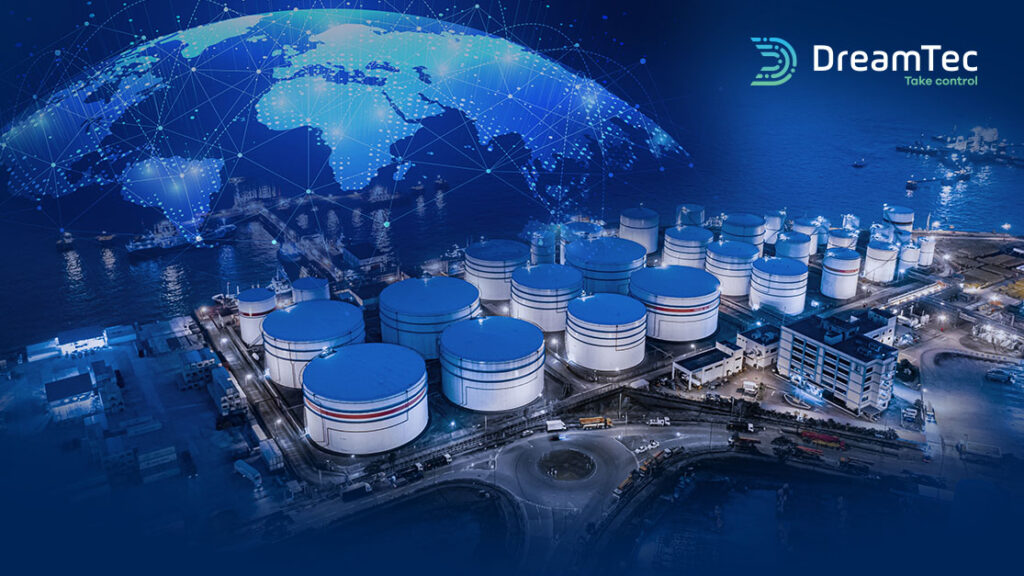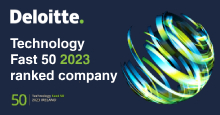
Gartner’s technology predictions for the LPG sector – 2024.
As the global LPG market realigns itself for further growth across sectors, distributors must brace themselves for stiffer competition than ever.
A versatile replacement for traditional fossil fuels, with a cleaner and greener profile, it’s not surprising that LPG’s market outlook is at a CAGR of 3.81% from 2023 to 2027, or almost $62bn. As existing operators look at growth and expansion to fulfil higher demand, new entrants will also move into the market.
Success or failure within this space will not be by chance.
Those companies which ride the wave will be those that can plan strategically to ensure operational efficiency using the right technology solutions that work seamlessly across the business.
The organisations that have operated successfully with traditional value chains, may find themselves slipping backwards, out of the competitive space, according to Garner’s predictions for 2024.
Digital transformation efforts show that technology is essential for future operational excellence, the research house says. And not just excellence, but outright survival in a highly competitive space.
Gartner believes that the transition from linear energy flows to a more networked distribution will continue along those lines. This will require greater responsiveness and adaptability across the value chain and it will be technology that guides an essential part of future strategic planning. And a coherent and detailed strategy across platforms, operating areas, and systems, will be key.
Gartner’s strategic planning assumptions.
For the next two years or so, investment will still funnel into the traditional hydrocarbon value chain, rather than into low-carbon energies, says Gartner.
Although controversial, generating profit from hydrocarbons is still far easier than doing so from alternative, green energy. Environmental pressure will continue, particularly in developed countries, and gas and oil companies will invest in decarbonisation where possible, but the truth is, this is a massive ship that turns slowly. And companies will still need to improve efficiency in a competitive market. Strategic direction will be driven by data. This is where analytics comes to the fore as it empowers businesses to make informed decisions and plan strategically for their future.
Operational excellence will become more of a focus by 2028, as 50% of oil and gas companies modernise their strategy with greater investment aimed at intelligent assets.
By 2027, 60% of oil and gas companies will move from internally developed platforms to vendor-sourced technologies, as they become more effective for these industries. AI and machine learning will be incorporated to a greater extent by 30% of companies by 2026 with its ability to unlock greater productivity gains through collaboration of technology and systems.
Progress in technology.
Gartner’s findings point to slow progress within oil and gas companies’ operating models. They tend to be late adopters of platforms which would enhance agile operating models due to internal organisational issues rather than technology challenges. It’s “the fragmented designs of traditional oil and gas assets [that] are inhibiting progress.”
On the other hand, technology vendors that are focused on developing solutions and platforms that span silos and enable flexible workflows to resolve bottlenecks in the system, are making rapid progress. And as previously mentioned, vendor-sourced platforms will become the preferred option over internally developed platforms by 60% of oil and gas companies by 2027.
Increased efficiency will be the silver bullet.
In an industry which is so influential over global finances, the margins are comparably tiny.
Efficiency is paramount to maintaining profitability, and stock management plays a crucial role in those small margins. LPG products are known to be vulnerable to theft and fraud, in addition to being a hazard to transport.
LPG stock management is the area of a business where costs can be cut, efficiency increased, analysis gathered and customer service enhanced. And it’s here that technology is crucial.
Every drop of stock should be accounted for, and can be with the right systems. And it’s helpful for these systems to tie into an organisation’s other technology and systems, to ensure that information is shared accurately across departments.
DreamTec’s fleet management and stock tracking systems do all of this through its flow meter tracking device.
It provides a view of stock movement, delivery quantities, times and GPS locations. This enables businesses to redeploy resources dynamically to maximise productivity. But it also means that customers can be contacted proactively if there are any issues en-route to delivery, for example. And with movements not only recorded and deliveries tracked, the front-office is always aware of these, enhancing client service and issue resolution.
Data analytics.
Past data becomes data for the future. The power of data lies in its conversion into insightful and actionable analysis for strategy creation and decision-making, as Gartner says. This improves driver performance and improves efficiency, positively affecting the bottom line, says Northern Energy about their DreamTec implementation.
Benchmarking against competitors and industry standards provides useful market insight and ties in with strategy creation and to facilitate targeted distribution. Monitoring work rates, identifying discrepancies and having fleet visibility are all helpful with operational efficiency and cost reduction. And that data is visible across ERP and accounting systems. High friction workflows can be identified and suitable solutions created.
Energy sector continues to be unpredictable.
This will continue to be a volatile market, says Gartner. The complex dynamic of economic and geopolitical forces are showing no signs of unravelling at this point and will persist in affecting the energy sector. And while hydrocarbons will remain in high demand over alternative sources of energy, digital transformation and adoption will be key in the future of these organisations that experience strong growth. As 50% of organisations have said, they are planning their modernisation and digital investment by 2028, the pressure is on to leave traditional processes behind and re-strategise for a sleeker future.
CIOs might be facing the challenge of converting stakeholders in the business to move forward into a more technologically focused approach, while the insistence to maintain the status quo will remain. The leading oil and gas providers will forge onwards, exploiting digital strategies that transform operations into more efficient and effective organisations. Gartner says it will be capabilities such as decision intelligence, seamless automation and software-defined assets that will achieve these results.
The advice is to “move beyond delivering multiple disparate streams of digital initiatives to create a coherent roadmap of digital programmes that are clearly aligned to the strategic targets set.”
DreamTec Systems provides the essential tools and insights needed to excel in the LPG distribution market. By partnering with us, you gain the clarity, control and competitive advantage necessary to thrive.
Contact us to learn how we can support your business’s success.




